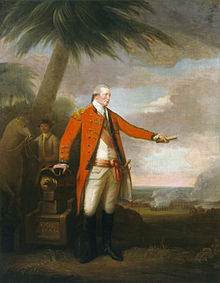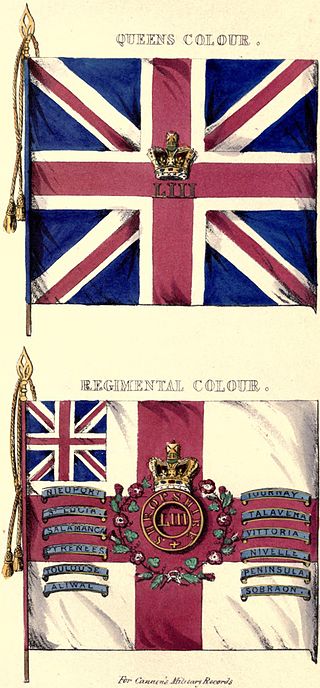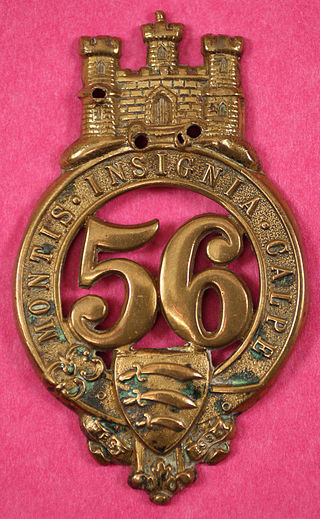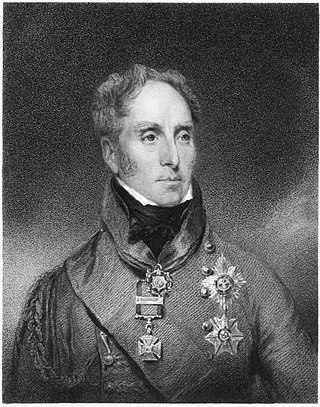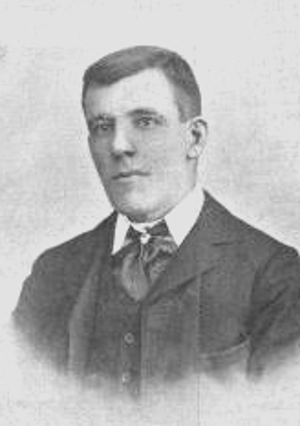Establishment

The 109th was one of fifty-eight regiments of foot raised in 1793–95 as part of a recruiting drive. The majority of these units had a short and uneventful existence as it was decided in 1795 to "reduce" all regiments numbered above 100, and to draft their members into existing senior regiments. [1] [2]
The establishment of the regiment had been proposed to the House of Commons committee of supply on 19 November 1793 by Major-General Richard FitzPatrick on behalf of Alexander Hay. [3] Alexander was known as "Sandie" Leith-Hay after inheriting Leith Hall from his brother, and later taking on the additional titles of Hay of Rannes to honour his great uncle Andrew Hay, a renowned jacobite in the 1745 rising. He was a regular army soldier who had been commissioned lieutenant upon his birth and promoted to captain in the 7th Dragoons at the age of ten, as well as a noted laird in Aberdeenshire. [4] [5] On 8 March 1794 Leith-Hay wrote to Sir George Yonge, 5th Baronet, Secretary of State for War, to remind him of his offer to recruit soldiers to fight in the French Revolutionary Wars, and he was granted a letter of service to raise the regiment on 2 April 1794. [6]
The regiment was raised on 17 May 1794 in Aberdeenshire, and was initially known as "Hay's" or the Aberdeenshire Regiment. [7] Leith-Hay was reported to have offered between 20 and 25 guineas bounty as an incentive to recruits in Aberdeen and also gave his recruits a written promise that they would not be drafted into another regiment. [8] [9] Leith-Hay adopted the "Aberdeenshire" name for the regiment, apparently causing a dispute with the rival Huntly Gordon family who had originally considered the name for their 100th Regiment of Foot (which instead became known as the Gordon Highlanders). [10] The 100th and 109th regiments reflected the rivalries of their colonels, with both attempting various means to recruit from the limited pool of available men in north-east Scotland. [11] [12] Officers of the Gordons complained that the Aberdeen town council showed favour to the 109th over their regiment. [13] The rivalry extended to the Highland Fencible Corps too, with Leith-Hay's brother, James, raising the Aberdeenshire Fencibles in 1795 in direct rivalry to the Duke of Gordon's Northern Fencibles. [14] Leith-Hay was able to furnish his regiment with experienced officers, his majors, captains and all bar one of his lieutenants already holding commissions in other regiments. Upon its first muster the regiment comprised 32 sergeants, 30 corporals, 22 drummers and 610 privates. The officer corps comprised Leith-Hay, 2 majors, 8 captains, 14 lieutenants, 15 ensigns, a chaplain, surgeon, adjutant and quartermaster (though not all of these served at one time, with some resigning or joining later). [15]
